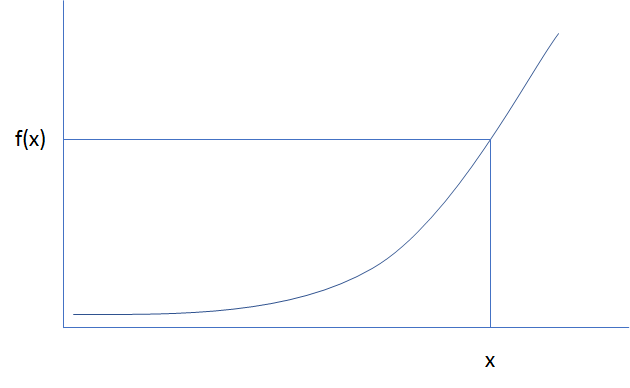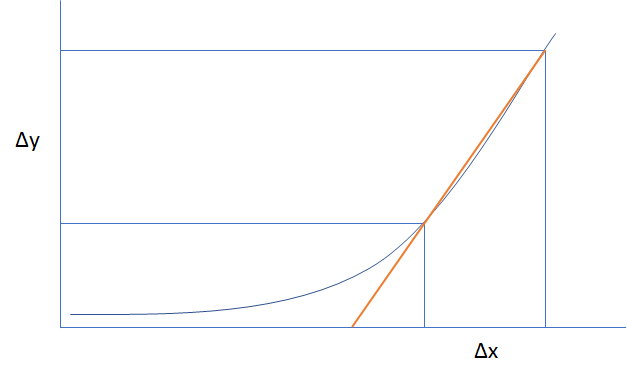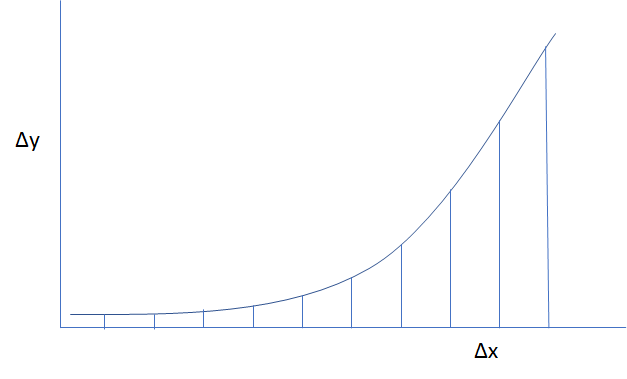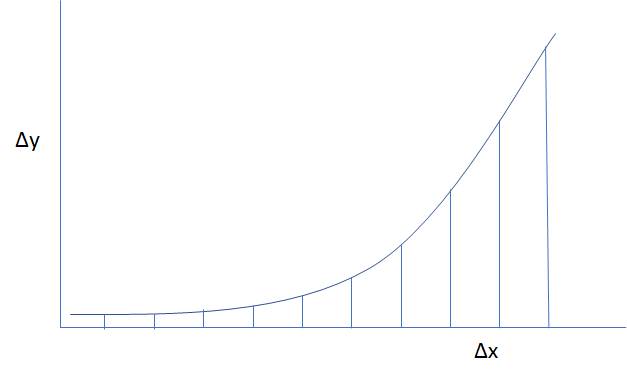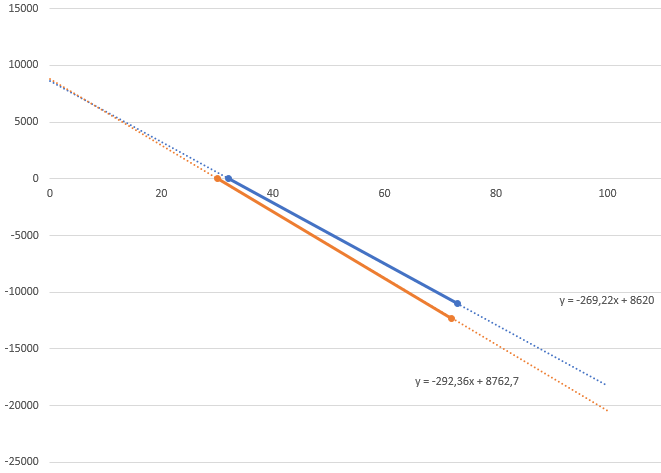I used this as a clever draw to get more readers. The actual intent is to start a discussion and get input from people for software. Most of the discussions I have seen on the site are about inventing hardware solutions to popular problems. I guess I am getting overloaded with how many ways there are to turn on an LED. A significant amount of computer work is actually in the realm of information technology, Too often what is lacking are skilled individuals that bring an array of tools to the task. The expression "If the only tool you have is a hammer, all your problems look like nails" is a problem I deal with in my professional life. I am constantly faced with vendors who provide the one pony circus (a million ways to make a state machine).
Embedded programming is a discipline that requires the developer to be expert at OS scheduling, database management, hardware interfacing, design architecture, and structured objects, as well as proper coding style, and best solution language. It is a constant process of sharpening the tool set to get the best solution. I have taken to putting some tools into retirement as well. Archiving example code and hint/help files is done periodically so I don't have to keep my COBOL skills current, but, by archiving properly, it is possible with a bit of effort, to blow the dust off a few brain cells, and get back in step with my Fortran lines starting in column 7. (...how old is this guy?)
Getting back to where I started with this, I wanted to put a call out to all you embedded PROGRAMMERS for tips and techniques and tricks learned that can become the foundation for tool boxes.
Tips like:
- Thinking like a computer
- Faster graphics and ray tracing
- Integer only formulas
- Weight loss (or wait loss) compression
- T...I...M...I...N...G...
Again, some of these are done with hardware these days, but not all solutions have bottomless bank accounts. Sometimes a one chip 8-bit piece of hardware needs to run an 8 cylinder diesel fueling operation.

